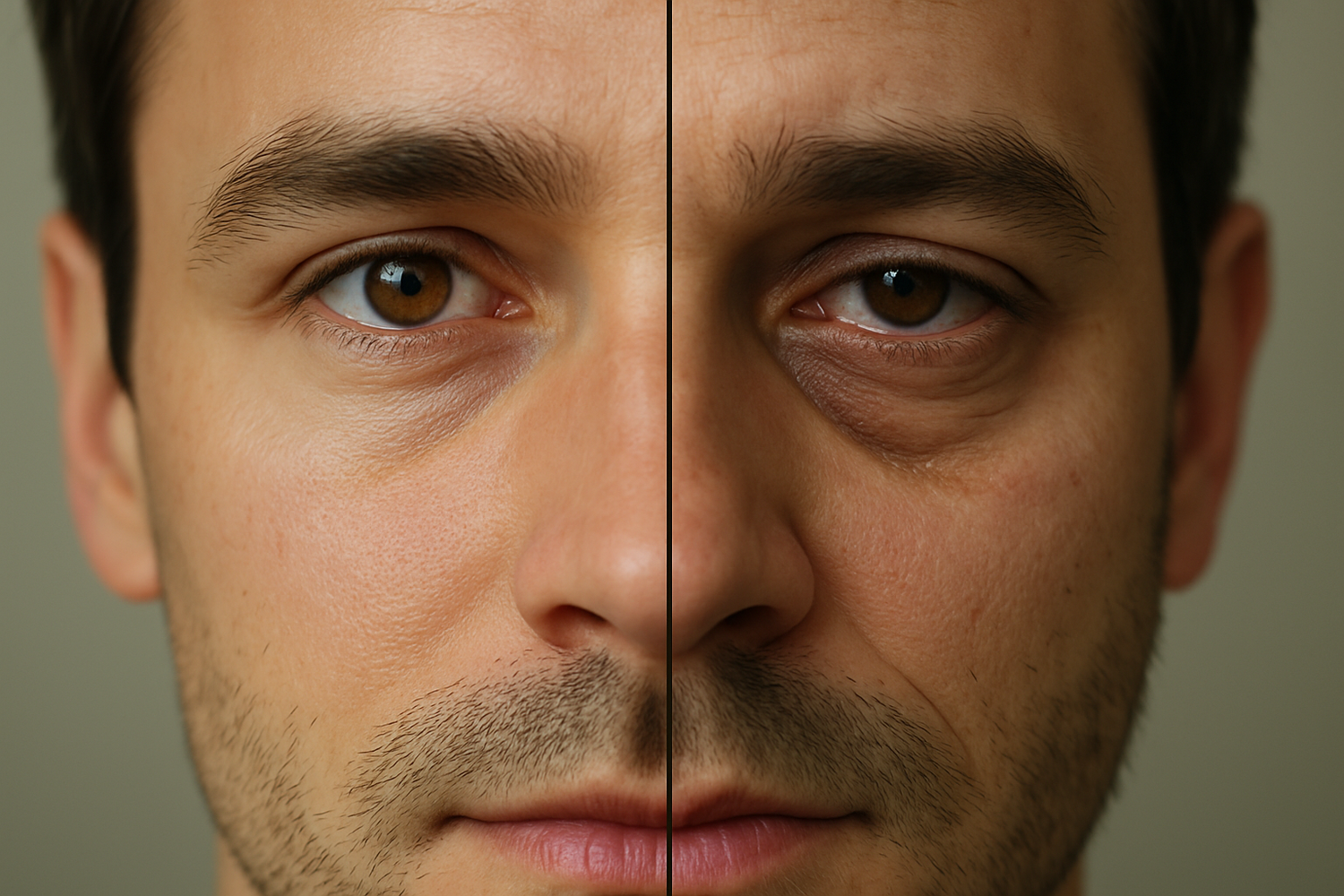Unlock Your Creative Genius: Harnessing the Hypnagogic State
You know that hazy, in-between state when you’re drifting off, but not quite asleep yet? That moment when thoughts melt into surreal daydreams and random ideas spark like fireworks?
Science has a name for it: the hypnagogic state.
This twilight zone, experienced by everyone, is now proven to be your brain’s most potent creative sweet spot. This fleeting stage, the very first step away from wakefulness, might just be the key to unlocking creative potential you didn’t even know you had.
The Science Behind the “In-Between”
Anecdotal evidence has long suggested a link between this drowsy phase and genius, but recent research finally confirmed it.
A 2021 study by the Paris Brain Institute revealed that the earliest sleep stage, known as N1, acts as an “ideal cocktail for creativity.” Participants were given a tricky math puzzle with a hidden shortcut. Those who briefly entered N1 during a 20-minute rest were nearly three times more likely to find the shortcut than those who stayed awake. An incredible 83% of the N1 group made this creative leap. Once they slipped into deeper N2 sleep, however, the benefit vanished.
During this stage, your mind becomes beautifully unfiltered. Logical barriers drop, and imagination flows because your brain begins to form what researchers call “loose cognition and weird associations.” It’s the perfect bridge between your rational self and your subconscious—a moment of profound mental composting, where the day’s experiences break down into fertile, new ideas.
The Genius of “Slumber with a Key”
Surrealist master Salvador Dalí famously called it “the slumber with a key.” He and inventor Thomas Edison both used nearly identical techniques to harness this creative window. They would sit upright holding a heavy object—Dalí a key, Edison a steel ball—over a metal plate. The instant their muscles relaxed and they slipped into the hypnagogic state, the object would clatter to the floor, waking them.
This sudden jolt ensured they captured their creative flashes before they faded. Both men intuitively understood that true inspiration lies on “the taut and invisible wire which separates sleeping from waking.”
*Read the full research summary: Sleep onset is a creative sweet spot
Why We Lose It—and How to Get It Back
Modern life makes it nearly impossible to drift slowly into sleep. Endless notifications, screens, and late-night thoughts push us straight into deep sleep, skipping this delicate creative bridge. But reclaiming it is simpler than you think:
1. The Intentional Siesta:
When you feel creatively blocked, take a 15–20 minute sit or nap. If you wake with a start, you’ve likely tapped into N1.
2. Set the Intention:
Before you drift off, focus gently on the problem you want solved. The hypnagogic state can help your subconscious connect dots your conscious mind misses.
3. Keep a Log:
Keep a notebook or voice note nearby. The moment you’re startled awake, record what surfaced—images, thoughts, or solutions often dissolve within seconds.
Creating a Sanctuary for the Hypnagogic State
We often overlook how our environment shapes our creativity. To enter this liminal state more easily, build a space that supports calm, comfort, and sensory ease.
Mindful Comfort :
The right bedding and loungewear signal safety and softness to your brain, helping it relax into N1 naturally. Try Paizlie’s Linen Bedding Collectioncrafted from natural, breathable fibers that keep your body temperature balanced and your mind at ease.
Digital Sunset:
An hour without screens lets melatonin rise naturally, preparing your body to slip into restorative sleep and creative dreaming.
Explore Deep Sleep:
Want to optimize every phase of your sleep? Discover our guide: The Ultimate Science-Backed Guide to Deep Sleep.
Final Thought
Your brain’s most powerful moments of insight often happen in the subtle transition between wake and sleep. By nurturing the hypnagogic state, you’re not just improving rest—you’re unlocking access to your most imaginative, intuitive self.
Let your next breakthrough begin before you even fall asleep.





